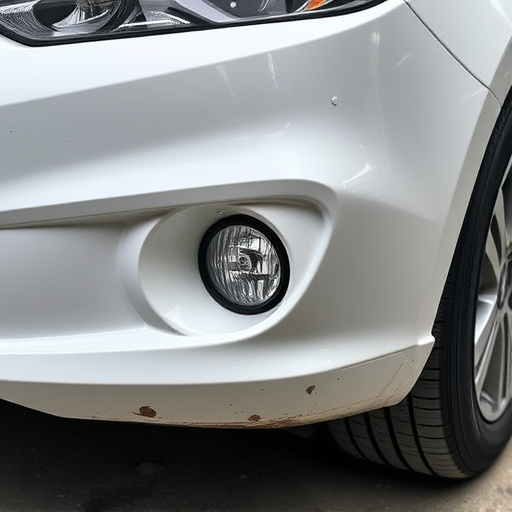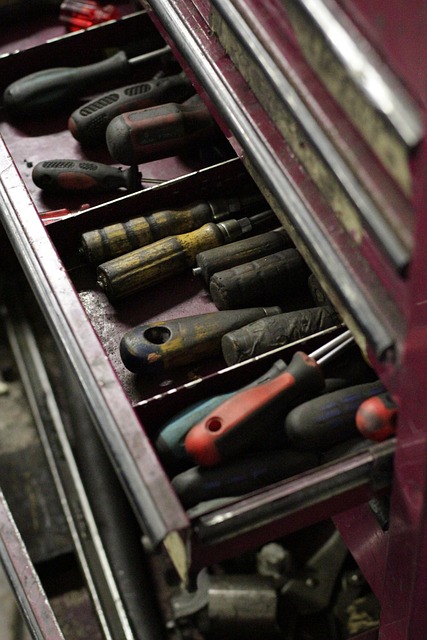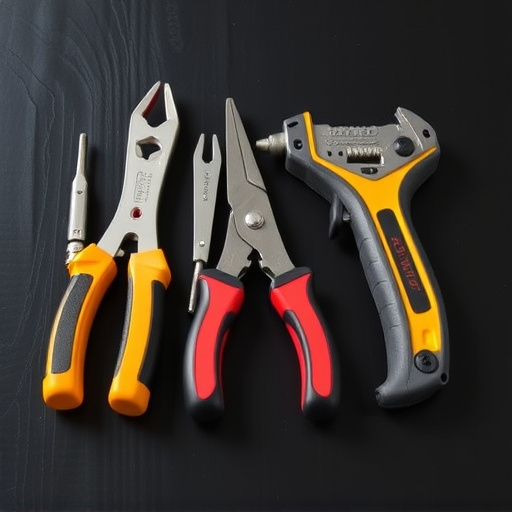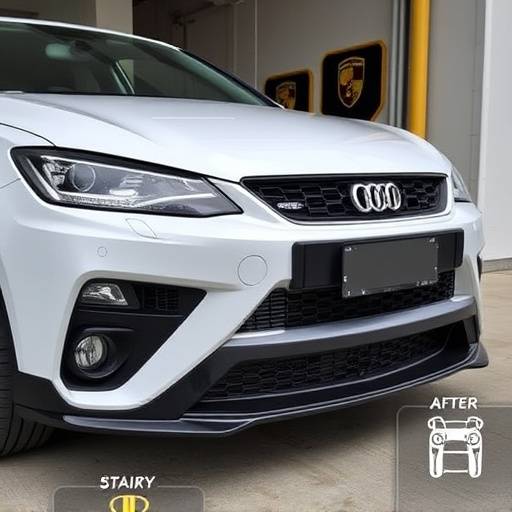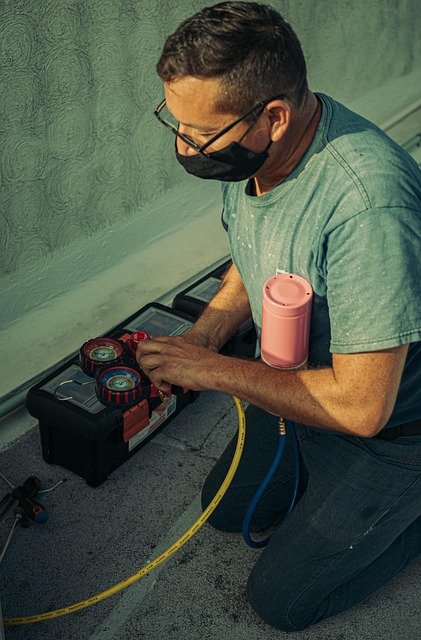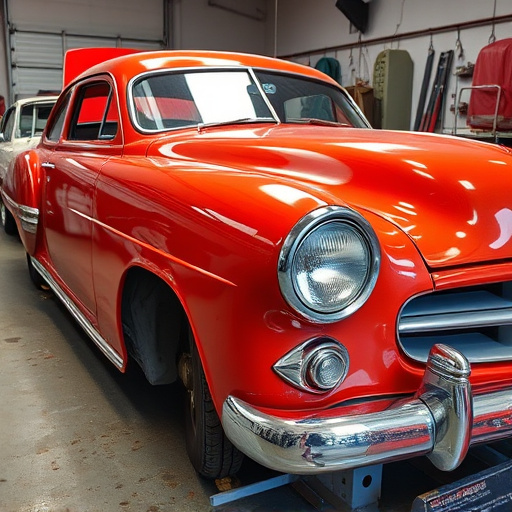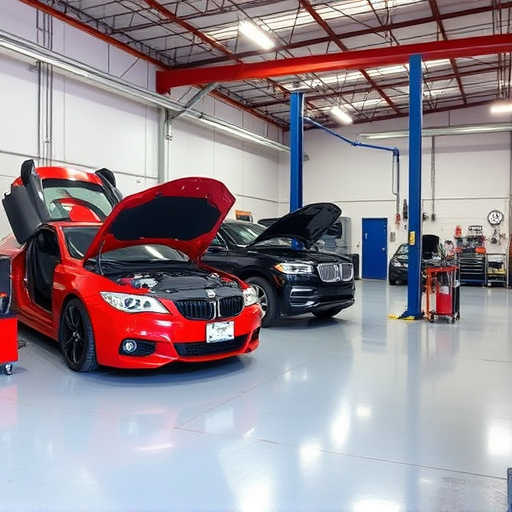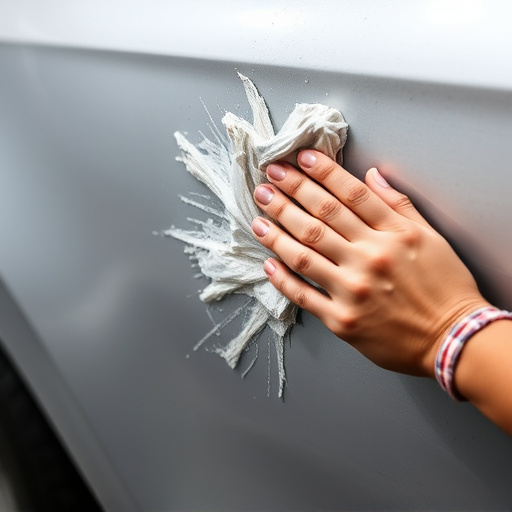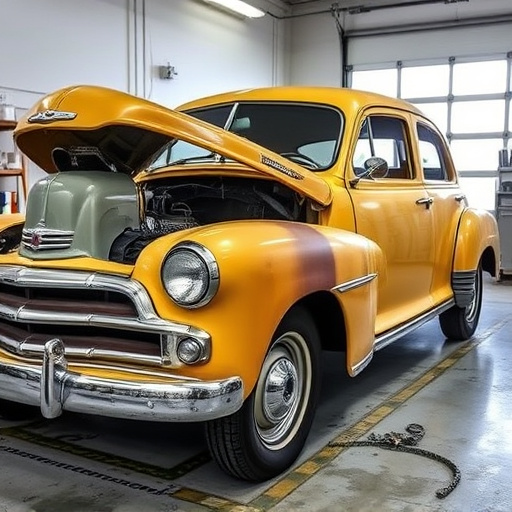Collision repair estimates are crucial for vehicle owners seeking to restore their damaged cars. These detailed breakdowns cover various services like painting, body repairs, and electronic recalibration, enabling owners to compare prices, anticipate costs, and make informed decisions. Accurate estimates ensure efficient repairs, precise color matching, fairness in pricing, and help owners navigate post-accident restoration without overspending on unnecessary services, whether choosing a dealership or independent shop. Factors influencing estimates include accident severity, vehicle age/make, damage type, and repair facility's equipment/expertise.
In the world of collision repair, accurate estimates are paramount, serving as roadmaps for efficient, cost-effective restoration. This article delves into the critical aspect of collision repair estimates, dissecting the factors that contribute to their complexity. We explore a battle of sorts between traditional dealerships and independent shops, analyzing key differences in structure, resources, and their impact on estimate accuracy. By comparing average error rates through data analysis and case studies, we provide insights for enhancing precision across both environments.
- Understanding Collision Repair Estimates
- – Definition and importance of accurate estimates
- – Factors influencing the complexity of collision repair
Understanding Collision Repair Estimates

Collision repair estimates are a critical component of vehicle ownership, yet they can often be misunderstood by average car owners. These estimates provide a detailed breakdown of the cost involved in restoring a damaged vehicle to its pre-accident condition. They encompass a wide range of services, from auto painting and body repairs to electronic systems recalibration. Understanding these estimates is crucial for several reasons; it allows owners to compare prices, anticipate potential hidden costs, and make informed decisions about where to seek vehicle repair services.
Accurate collision repair estimates are the backbone of efficient vehicle body repair processes. They ensure that all necessary work is accounted for, from fixing dents and cracks in the body panel to replacing damaged components. Additionally, these estimates play a vital role in ensuring that auto painting services match the original vehicle color precisely, maintaining the car’s aesthetic appeal. By comprehending collision repair estimates, car owners can confidently navigate the post-accident process, ensuring their vehicles are restored to their optimal state without overspending on unnecessary repairs.
– Definition and importance of accurate estimates

Accurate estimates are paramount in the automotive industry, especially when it comes to collision repair. These detailed assessments play a pivotal role in setting expectations for customers and ensuring fairness within the market. Collision repair estimates provide a clear breakdown of the costs involved in restoring vehicles to their pre-accident condition, encompassing everything from parts replacement to labor charges.
For vehicle owners, receiving precise estimates is essential for making informed decisions about their automotive repairs. It allows them to compare prices, understand potential hidden fees, and choose the best option for their needs—whether it’s a dealership or an independent auto body shop specializing in automotive collision repair and vehicle restoration, including auto dent repair services.
– Factors influencing the complexity of collision repair

Collision repair estimates can vary widely due to several factors that influence the complexity and scope of the work involved in restoring a vehicle to its pre-accident condition. One key factor is the severity of the collision, with more severe accidents often requiring extensive repairs, including structural changes and intricate car paint services to match the original finish perfectly. Moreover, the age and make of the vehicle play a significant role; older cars may have unique parts availability issues, while newer models might come with advanced safety features that necessitate specialized tools and techniques for safe disassembly and reassembly.
Other considerations include the type of damage – whether it’s primarily cosmetic, involving tire services and body work, or if structural integrity is compromised – which can dramatically affect the estimate. Additionally, shop equipment and technician expertise also come into play; modern facilities equipped with advanced diagnostic tools and specialized equipment may charge higher rates due to their investment in precision vehicle repair technologies.
When it comes to collision repair estimates, both dealerships and independent shops have their strengths. Dealerships often offer convenience and brand trust, while independents may provide more personalized service and competitive pricing. Ultimately, choosing a repair facility should hinge on understanding the factors affecting estimate accuracy, such as labor rates, parts availability, and the complexity of the damage. By comparing estimates from both types of shops, car owners can make informed decisions and ensure they receive fair, precise collision repair work.


